Sewing Tips: Tricks Of The Trim
Lace, elastic, crocheted edging, rick rack, fringe, braids, cords, and piping. There’s so many amazing kinds of trim that always grab my attention at stores, and I buy many of them without even having a project in mind.
“œOne day soon I’ll find a use for you!” I whisper as I purchase a random assortment of adorable trims and notions.
But I know I’m not the only one who can’t help themselves when it comes to buying trim – let’s take a look at the different variations that always seem to snag us.
Lace:
My real kryptonite is lace. There are so many different flavors of lace and they can all be used in a variety of different ways, each giving a unique feel to the project. The main versions of lace include:
Crocheted Lace:
A lace constructed with fine yarn, crocheted into a lovely design for use with your project. Most commonly used for doilies or antique-style projects.
Eyelet Lace:
A lace made from thin cotton fabric, with sewn edges and/or embroidered designs. Widths range from ‘¼” to 5″ or more. Very versatile – most commonly used on clothing.
Nylon Lace:
A lace made from synthetic materials, best used for home décor due to its scratchy texture. Be very careful when you iron this lace, because it can warp or melt in the heat.
While there’s an incredibly large variety of lace that has its own subcategory, these are the most commonly used in projects around the globe.
I could easily make this post entirely about different kinds of lace (I’m sorry, I just love it so much), but there are way too many awesome trims to keep it to just one.
Fringe:
It’s not a cat toy; it’s a lovely trim that’s most commonly used on upholstery and lampshades. It’s a great vintage item that is starting to come back on the scene, and is great to spruce up any home décor project. It’s usually seen in the wild as a woven edge with hanging strings, cords, or braids.
Braids and Cords:
Woven strings that add an elegant touch to any project, large or small. I love adding braids to my skirt hems to give it a more interesting look, and decorative cords are fabulous for drawstrings, bows, tank tops, dresses, and much more.
Elastic:
It’s not just to go in your waistband anymore. Elastic is starting to come in all shapes and sizes, including stretchy lace, dyed bands (okay, this is for your waistband), elastic with adorable pompom trim attached, and a lot more. It comes in a large assortment of colors and can be used with almost any project. Need some elastic to make that plastic bag holder, but want to add a cute touch? Use a little bit of decorative elastic trim on the hem.
Piping:
A very underrated trim, piping is a cord hidden in bias tape that is used between seams to create a more interesting piece. My preferred use is to have a contrasting color of piping, but any usage works. It’s excellent for just about everything even though it’s most commonly seen on upholstery and pillows. Try using it in clothing to provide a more unique look.
Tips and tricks on using trims:
Most lace is sold pre-gathered, with a small strip of bias tape along the top.’ Do you know that you can remove that bias tape in two easy steps?
Step 1. On the right side of the bias tape, there is a nice straight stitch. On the wrong side of the bias tape, there is a very loosely woven stitch. Cut the loose stitch.
Step 2. Pull out one thread at a time. There is one thread that runs the entire length of the bias tape, and will easily release the bias tape from the lace.
This will allow you to gather the lace by hand.
Before removing the bias tape, you could also pin the lace to the fabric, and use a stitch method similar to stitch-in-the-ditch to sew a straight stitch close to the bias tape. This will sew only the lace to the fabric. Then you can remove the bias tape from the lace using the steps above. Finally you can have easily sewn in lace without all the bulk.
This next tip is for any trim: Have you ever heard of Wonder Tape?
It’s an amazing little tape-based, water-soluble glue that temporarily holds your trim while you sew. Once you’ve finished sewing, washing your project (or spraying with some water) will remove the Wonder Tape.
It’s perfect for sewing trim into place, especially around angles or curves, to keep the fabric from puckering or slipping out of place. Especially for those projects where pins just get in the way. Give it a shot the next time you’re sewing piping onto a heart-shaped pocket for your project!
Have any tips or tricks about sewing with trim? What’s your favorite trim to use? Let us know in the comments below!





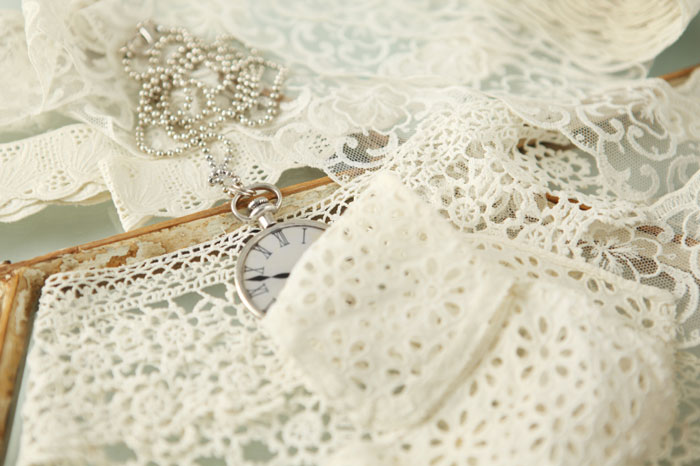
















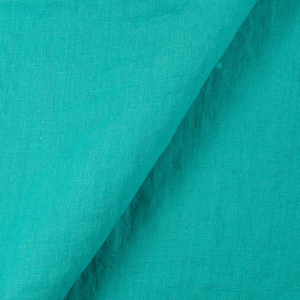

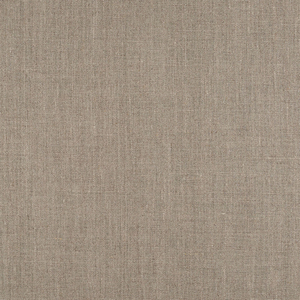

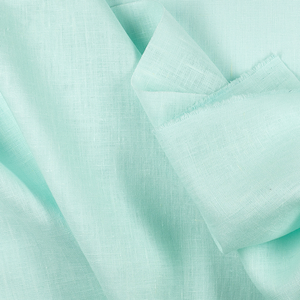















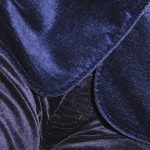
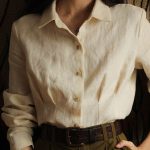

9 Comments
Annis
Any tips on how to attach tatting to linen table toppers and runners with sewing machine? Hand sewing is the last option as I have over 31 yards of tatting!
Thanks,
Elizabeth
One tip I learned — pay attention to the fiber content and care instructions of your trim, because it may not be as sturdy as your fabric. I made an apron with lace trim, tried to iron it with the correct fabric settings, and melted the trim onto the iron.
griflane5@gmail.com
Since I can not drive & shop exclusively online I would love to have some sources for trim. Thank you for your wonderful product; it has me sewing again!
Kate
1 I love the look of embroidered tape eg Sue Spargo but would love some ideas as to what sort of items it could be used on, besides a zip top sewing bag made of wool felt.
2 Would you agree that all sorts of embellishments need to be washed first so that any shrinkage takes place before you use it?
Michaela Smith
Hi Kate!
1) Sooooooooooooo many projects I can think of. Let’s see… make a choker or necklace, keyfob, use it on a hem or seam for a skirt, around the opening for a pocket on a pair of summer shorts, on each end of a scarf (made out of our IL020 maybe?), around the outer seam for a pillow, glue it into a picture frame to make collage art, use it for a bow on a hat or other crafty project, and lots more. I hope this helps give you a bit of inspiration. 🙂
2) I do pre-wash some trim, such as cotton eyelet lace or cluny lace. Braids, cords, etc. I don’t usually prewash. Is it necessary? Not for every project. If you’re worried about shrinkage, your best bet is to give it a quick wash, so long as it is washable.
Denise
I am the same way about lace. My greatest source is the Goodwill stores, where I buy every length of curtain with lace that I can get my hands on. The great part is that most of it is already gathered. No need to worry if I have enough. I use what I have bought to put on what ever project I am doing. I do Steampunk clothing and some period costumes so all items get used at some point.
Debbie
I love these posts about trims. They get a lot of space in my sewing room and I’m always looking for creative ideas to use them. The tip about the pregathered lace is one that I’ve never seen, so tonight ( I hope) I’ll have to check that out with some of my lace.
And that tape is on my list of must have items.
Thanks!
Debbie…(O:
>
Maggie del Valle
I loved your article on trims. Very informative and entertaining for us who like to sew. I construct lots of Baby coverlets, pillows,and burpees, etc.. My favorite combination is piping with eyelet all around in a sandwich with fabric on both sides, making a high end item. I embroider babies’ names and monograms, and/or room themes, on them. I love the look and so do my clients. Always wash and dry.
Maggie
Sandra Miller
I learned the value of using wonder tape recently is sewing dresses for my granddaughters.
The skirts’ hem have a curve and I am hemming it with a straight stitch but there is a problem with it puckering because of the curve. Now I will press the hem like I want it and when it is done, insert this wonder tape and iron it in, fusing the fabric to each other. Then I sew it and it looks beautiful – no puckers at all!